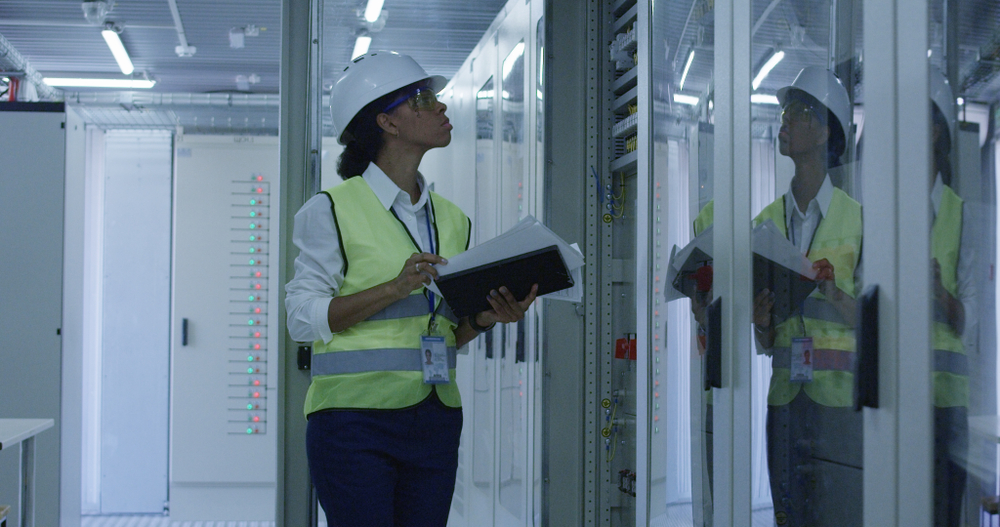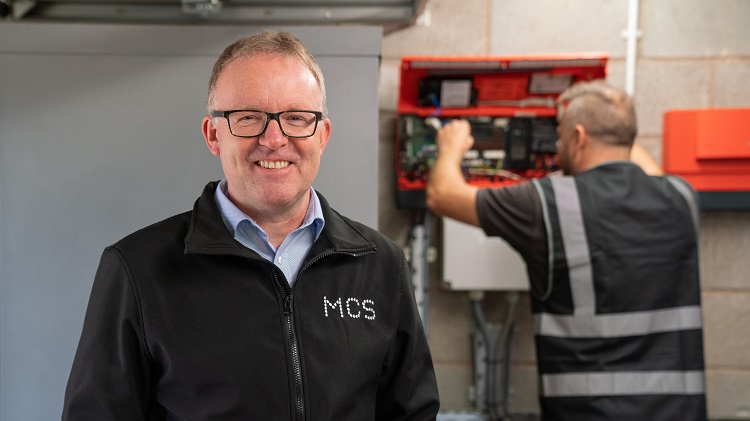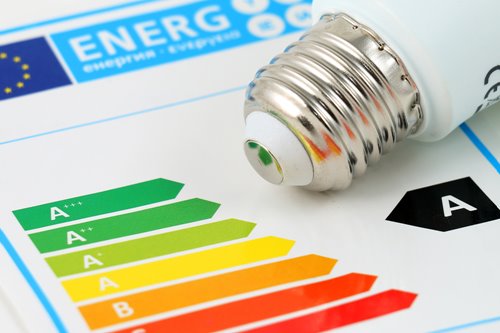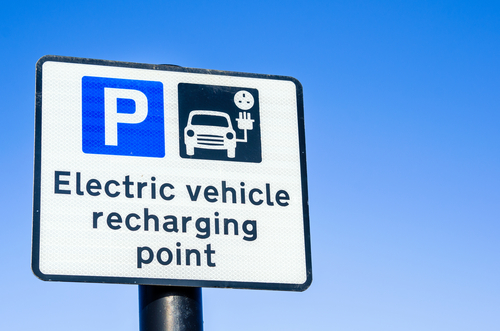The clock is ticking for the future of net zero buildings

Luke Osborne
Energy and Emerging Technologies Solutions Advisor

With the recent announcement that the UK is looking to achieve a 78% reduction in carbon emissions by 2035, there is increased focus on how to achieve this.
With nearly a quarter of carbon emissions – directly and indirectly – attributed to buildings, this is a key area for decarbonisation.
ECA recently responded to the Future Buildings Standard consultation, regarding proposals for an uplift to the requirements in regulations L & F prior to the Future Homes Standard being adopted in 2025. The consultation also proposed a new regulation for prevention of overheating in buildings.
While we support the uplift of regulations L & F to enable a CO2 reduction of 27%, ECA pointed out the shortcomings of not going further. Ensuring the 2025 implementation of the Future Homes Standard, which will direct buildings to be constructed as Zero Carbon ready, will be essential to counter this . The uplift (expected to be published in late 2021) will serve as a stepping stone, allowing industry and the supply chain to continue its transition.
We believe enforcing the regulations is a necessary part of the package and must be part of the new regulations
We welcomed the adoption of a newer version of the Standard Assessment Proceedure (SAP), as this reflects the lower CO2e per kWh and current primary energy factor (PEF) of electricity- thereby increasing the viability of electrically powered heating. However, ECA disagreed that PEF should be the principle performance metric, proposing for this to be CO2e emissions, with PEF as the secondary metric.
To achieve the ambitious 2050 Net Zero Carbon reduction, ECA stated that a package of measures is needed for successful implementation of the new regulations:
- Clear communication to the industry about the changes in rules and the consequences of not following them.
- Developers and sub-contractors should be made aware of how contracts and costings may be affected.
- Guidance on how to adjust costings to reflect the changes to projects not yet begun.
We believe enforcing the regulations is a necessary part of the package and must be part of the new regulations.
ECA also drew attention to the fact that buildings must not be looked at in isolation, but considered as active components in the UK energy systems. The Future Homes Standard should specifically encourage on-site generation and storage-a missing feature of the proposal, therefore increasing the self-sufficiency of a building, and adding flexibility to our evolving energy network.
ECA Member or not, you are welcome to access ECA’s new Green Pivot guidance document, which features information about the skills, training and frameworks that can help you to make the most of the UK’s net zero carbon opportunities.

Luke Osborne
Energy and Emerging Technologies Solutions Advisor
Luke joined ECA's technical team in 2018. Luke completed a mechanical and electrical apprenticeship with the Ford Motor Company in 1997 and has since held many technical roles, from site engineer to development engineer and global support. Following completion of an engineering degree with a specialisation in sustainability, Luke ran his own renewable energy installation company, with a particular focus on solar.
Related Articles
Spotlight shifting to M&E embodied carbon
The value of energy efficiency
ECA Commercial Associate Kosnic lights the way to sustainability
Net Zero Review underlines role for engineering services
Five ways to become a more sustainable business in 2023
Now is our last chance to make homes fit for the future
It’s a great time for a green career
Bringing Low-Carbon Apprenticeships to Life
The future of the built environment after COP26
Life after COP26: what happens next?
The view from COP26
Net Zero: a personal perspective
How the electrotechnical contractor can help clients mitigate against energy price rises
New rules for Public Sector Carbon Reporting
Setting the stage for COP26: Green Jobs
100 days until COP26: what are we doing to reach Net Zero?
A new era of fossil free travel
Clear, present and future opportunities for EV charging
Heatpumps or Hydrogen? The future of clean energy
Behind the headlines: Net Zero Carbon
A clear route to Getting Zero Carbon Done
Introducing the new MCS
Get into EV! Interview with Darren Crannis
Why Europe needs a green recovery
Electric heat edges ahead in the low carbon stakes
Let's get Zero Carbon done
SF6: the greenhouse gas at the heart of our industry
VAT hike puts brakes on home solar and batteries
Copyright © 2024 Electrical Contractors Association Ltd
.jpg?width=970&height=90&ext=.jpg)

























.jpg?width=1000&height=999&ext=.jpg)






